The move to choose the Gulf region for the first foreign trip of Mr. Trump's second term, like in his first term, not only strengthens strategic alliances with allies in the Middle East but also helps the US compete with China's "soft power" in the region.
Billion dollar deals
US President Donald Trump kicked off his three-nation Gulf tour on May 13 in Saudi Arabia, where he and Crown Prince Mohammed bin Salman announced a $600 billion investment commitment to the US, marking a turning point in bilateral relations.
The deals include $142 billion for defense, $20 billion from Saudi Arabia's DataVolt to build artificial intelligence (AI) data centers and energy infrastructure in the US, according to the White House.
Crown Prince Mohammed expressed his ambition to increase total investment to $1,000 billion in the coming months.
Regarding the agreement with Saudi Arabia, in the field of AI, state-owned company Humain signed an agreement to use “hundreds of thousands” of advanced chips from US technology giant Nvidia to build AI infrastructure, with 18,000 Blackwell technology servers in the first phase. Semiconductor manufacturing group AMD and Humain invested 10 billion USD to deploy infrastructure in Saudi Arabia. Amazon will also develop data center infrastructure worth about 5 billion USD in this country.
US President Donald Trump and Crown Prince Mohammed bin Salman in Riyadh in 2017. Photo: NBC
These deals not only strengthen the US position in the high-tech industry, but also help Saudi Arabia move closer to its goal of becoming a global AI hub, in line with the country's "Vision 2030" strategy to diversify its economy .
On defense, the $142 billion deal, described by the White House as “the largest in history,” includes advanced military equipment and services from more than a dozen U.S. companies. This will not only strengthen Saudi Arabia’s military capabilities but also create jobs and boost the U.S. defense industry.
In addition to economic deals, Mr. Trump also announced that he would lift all sanctions on Syria to create an opportunity for the country to rebuild after the Assad regime collapsed in December 2024.
With Iran, Mr. Trump expressed his intention to negotiate a new nuclear deal but warned that he would apply “maximum pressure” if Tehran rejected the deal, including bringing Iran’s oil exports to zero.
He also hopes that Saudi Arabia will soon normalize relations with Israel, although this prospect is hampered by Israel's stance on the Palestinian issue.
This weekend, the US President will visit the United Arab Emirates (UAE) and Qatar, two countries bordering Saudi Arabia.
US Strategy in the Middle East as Competition Escalates with China
It can be seen that the newly announced deals bring significant benefits to the US, from creating jobs, promoting the technology and defense industry, to strengthening the strategic alliance with Saudi Arabia.
The Donald Trump administration is implementing a multi-dimensional plan in the Middle East, combining strengthening strategic alliances, ensuring energy security and economic competition with China in the context of the US reducing its direct military presence in the region.
Mr. Trump is focusing on big economic deals and “pragmatic” diplomacy , leveraging the financial strength of Gulf allies such as Saudi Arabia, the UAE and Qatar to maintain US influence, maintain stability in the Persian Gulf (the region that supplies most of the world’s oil), thereby ensuring global energy security.
At the same time, the AI and technology deals with Saudi Arabia reflect a US strategy to maintain leadership in the industries of the future. By attracting investment from the Gulf’s massive sovereign wealth funds (which total more than $3 trillion), the US not only secures capital but also prevents these countries from shifting their technological cooperation to China.
In recent years, China has used its Belt and Road Initiative (BRI) to expand its influence in the Middle East through “soft power.” In 2024, Beijing invested $39 billion in energy and infrastructure projects in the region, while also acting as a mediator in reconciliation talks… China has also increased its oil purchases from Saudi Arabia, becoming the kingdom’s largest trading partner.
Clearly, the US-China competition in the Middle East is showing signs of shifting strongly to the economic field.
Mr Trump's announcement to lift sanctions on Syria and negotiate with Iran shows that the US, along with allies like Saudi Arabia, is playing a bigger role in regional issues.
But the US strategy is not without risks. The massive investment from Saudi Arabia and the UAE could be difficult to deliver if oil prices fall and domestic financial pressures mount. Without progress on issues such as the Iran nuclear deal or normalisation of Saudi-Israeli relations, the US could lose some of its leverage over China.
It can be seen that by strengthening alliances, ensuring energy security, and leading in future industries such as AI, the US is shifting to economic competition and soft geopolitics in the Middle East to maintain influence in the context of competition with China.
However, the success of this strategy depends on the ability to deliver on investment commitments and manage regional conflicts, in a region rife with instability and power competition.
What is Donald Trump most concerned about when being harsh with Europe? President Donald Trump unexpectedly criticized the European Union (EU) as 'worse than China' after reaching a tax reduction agreement with Beijing. However, the strong rise of China is a big challenge for both the US and the EU.
Source: https://vietnamnet.vn/nuoc-co-trung-dong-cua-ong-trump-giua-cuoc-dua-my-trung-quoc-2401142.html


![[Photo] General Secretary To Lam chairs a working session with the Central Internal Affairs Commission](https://vphoto.vietnam.vn/thumb/1200x675/vietnam/resource/IMAGE/2025/5/22/3b7790f499da45b2803d8ae253207ef1)
![[Photo] Prime Minister Pham Minh Chinh chairs the Government's special meeting on law-making in May](https://vphoto.vietnam.vn/thumb/1200x675/vietnam/resource/IMAGE/2025/5/22/1c880aae96fd4e0894abc47a46fe19ba)




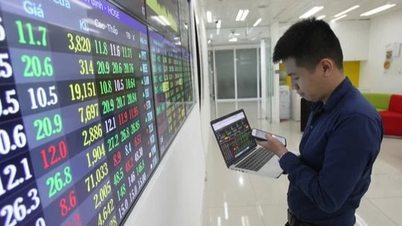




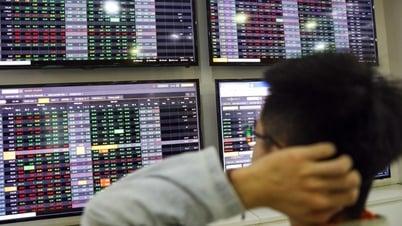


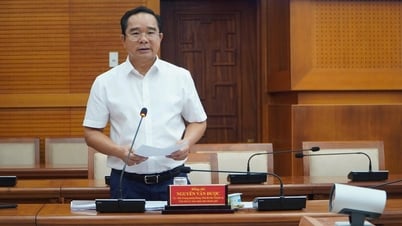








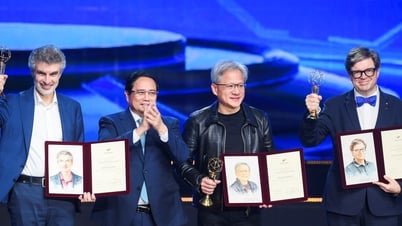
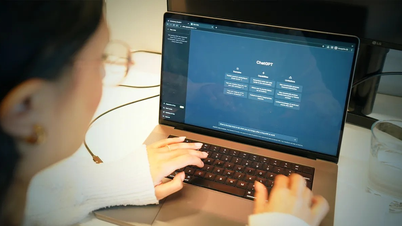



































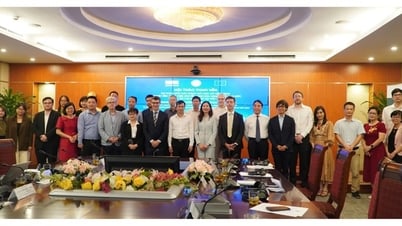

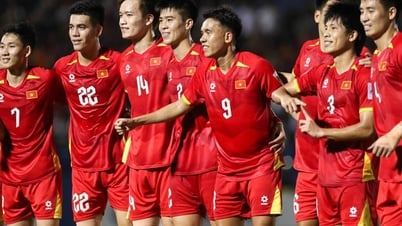
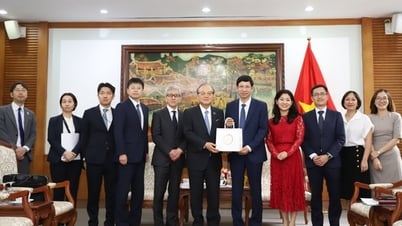
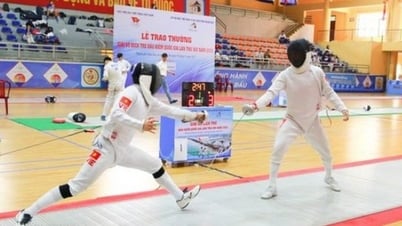
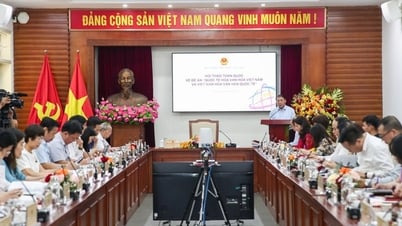


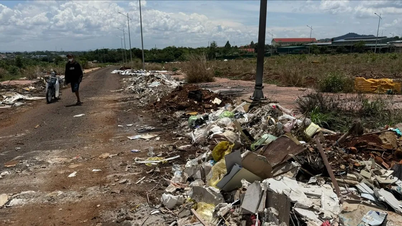

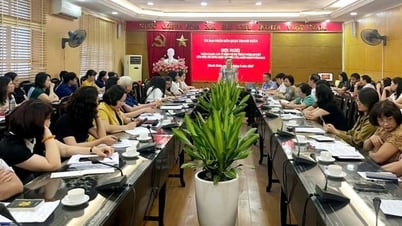
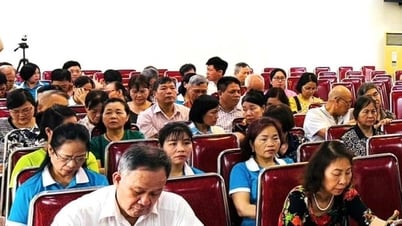
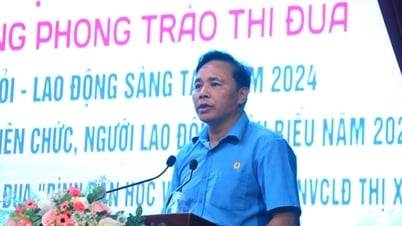

![[Podcast] Week introducing more than 500 OCOP products in Hanoi](https://vphoto.vietnam.vn/thumb/402x226/vietnam/resource/IMAGE/2025/5/22/d144aac2416744718388dbae3260e7fd)





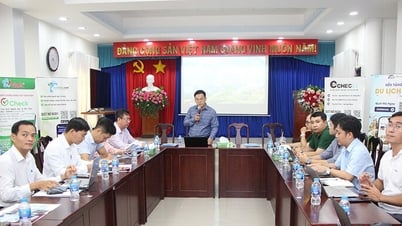

Comment (0)